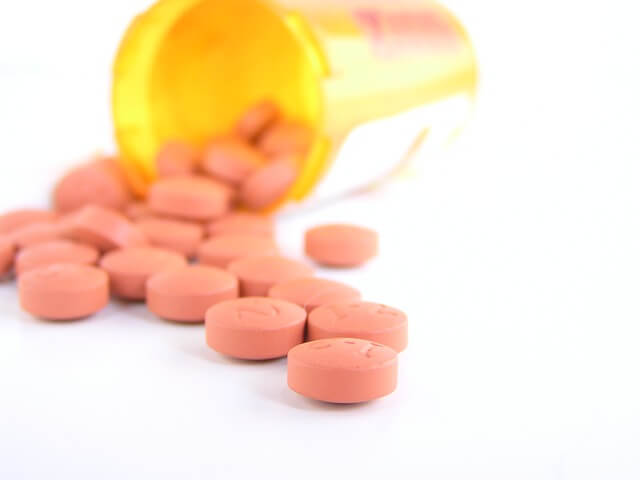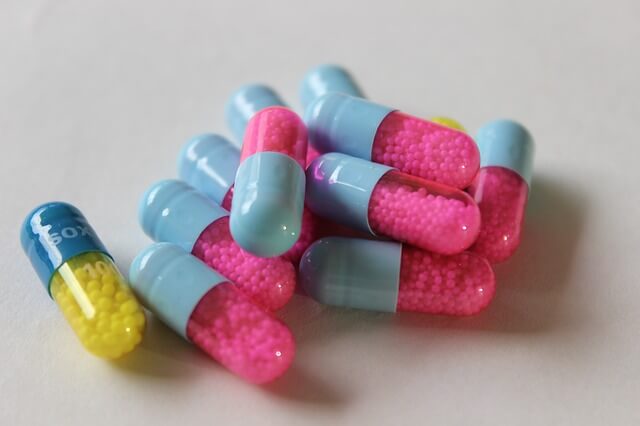
Branded generics are generic drugs that are marketed under a brand name by the manufacturer. These products contain the same active ingredients as their brand-name counterparts but are typically sold at a lower price point. Branded generics can be an attractive option for both consumers and pharmaceutical companies, offering cost savings while leveraging brand recognition.
Understanding Branded Generics
Branded generics are essentially generic drugs that have been given a unique brand name by the manufacturer. Unlike traditional generics, which are typically marketed under the chemical name of the active ingredient, branded generics have a distinct brand identity. This branding strategy allows manufacturers to differentiate their products in the market and potentially command a higher price compared to unbranded generics.
One of the key advantages of branded generics is cost savings for consumers. Since these products do not require extensive research and development like brand-name drugs, the manufacturing costs are lower, resulting in more affordable prices. However, branded generics are typically priced higher than unbranded generics due to the added marketing and branding efforts.
Examples of Branded Generics
Several pharmaceutical companies have successfully launched branded generic products. Here are a few examples:
- Authorized Generics: Brand-name drug manufacturers sometimes introduce their own generic versions of their products, known as authorized generics. For instance, Pfizer launched an authorized generic version of its cholesterol-lowering drug Lipitor (atorvastatin) under the brand name Atorvastatin Calcium[1].
- Branded Generics by Generic Manufacturers: Generic drug companies also create branded generics to differentiate their products. For example, Teva Pharmaceutical Industries markets its generic version of the antidepressant Wellbutrin XL (bupropion) under the brand name Budeprion XL[2].
- Store-Brand Generics: Retail pharmacies and grocery chains often offer their own branded generic products. For instance, Walmart’s ReliOn brand includes various generic medications, such as ReliOn Metformin for diabetes management[3].
Calculating ROI for Branded Generics
Evaluating the return on investment (ROI) for branded generics is crucial for pharmaceutical companies. Here’s a general approach to calculating the ROI:
- Estimate Potential Revenue: Analyze the market size, pricing, and projected sales volume for the branded generic product. Consider factors like competition, brand recognition, and consumer preferences.
- Calculate Costs: Determine the costs associated with manufacturing, marketing, and distributing the branded generic. This includes expenses for branding, advertising, sales force, and supply chain management.
- Project Profit Margins: Based on the estimated revenue and costs, calculate the expected profit margins for the branded generic product over its lifecycle.
- Determine Investment Required: Identify the upfront investment needed for product development, regulatory approvals, manufacturing facilities, and initial marketing efforts.
- Calculate ROI: Use the following formula to calculate the ROI: ROI = (Net Profit / Investment) x 100% Net Profit = Total Revenue – Total Costs
For example, let’s assume a branded generic product has an estimated revenue of $100 million over its lifecycle, with total costs of $60 million and an initial investment of $20 million. The ROI calculation would be:
Net Profit = $100 million – $60 million = $40 million
ROI = ($40 million / $20 million) x 100% = 200%
This indicates a positive ROI, suggesting that the branded generic product could be a profitable investment for the company.
Finding Good Branded Generic Opportunities
To identify promising branded generic opportunities, pharmaceutical companies can follow these steps:
- Analyze Patent Expirations: Monitor the patent expiration dates of blockbuster brand-name drugs. As patents expire, opportunities arise for branded generics to enter the market.
- Assess Market Demand: Evaluate the market demand for the generic version of a particular drug. Factors like prevalence of the condition, patient population, and existing competition play a role.
- Consider Brand Recognition: Analyze the brand recognition and loyalty associated with the brand-name drug. Branded generics may have an advantage if the brand name is well-established and trusted by consumers.
- Evaluate Manufacturing Capabilities: Assess the company’s ability to manufacture the generic drug efficiently and at a competitive cost. This includes factors like access to raw materials, production capacity, and regulatory compliance.
- Analyze Distribution Channels: Evaluate the existing distribution channels and partnerships to ensure effective market reach for the branded generic product.
- Conduct Market Research: Gather insights from healthcare professionals, patients, and potential consumers to understand their perceptions and preferences regarding branded generics.
By carefully evaluating these factors, pharmaceutical companies can identify branded generic opportunities with the potential for strong ROI and market success.
Branded generics offer a strategic opportunity for pharmaceutical companies to leverage brand recognition while providing cost-effective alternatives to brand-name drugs. By conducting thorough market analysis, calculating ROI projections, and identifying promising opportunities, companies can capitalize on the growing demand for affordable healthcare solutions while maintaining profitability.
Citations:
[1] https://www.greenlightdigital.com/blog/blog-posts/is-it-worth-bidding-on-generics/
[2] https://www.adthena.com/resources/blog/brand-vs-generics-best-practices/
[3] https://fastercapital.com/topics/the-rise-of-generics-and-private-brands.html
[4] https://www.bcg.com/publications/2020/paths-to-value-for-united-states-generics
[5] https://prophet.com/2015/01/227-the-evidence-you-need-to-justify-brand-investment/






















